Ferrari F40
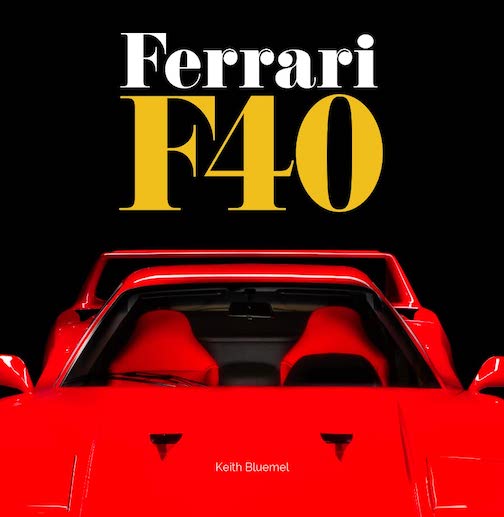 by Keith Bluemel
by Keith Bluemel
“When we launched the F40, it was like a bomb exploding. The following morning the commercial director stormed into my office, showing a pile of paper. ‘Look at this,’ he stated, pointing to the pile with a serious voice. ‘What a mess you have created. In less than 24 hours we have 900 confirmed orders.’ When discussing production numbers with Enzo Ferrari we imagined we would build 400 F40s.”
—Nicola Materazzi
When all was said and done, over 1300 cars would be built and it was “an instant icon.” A nice problem to have.
We normally begin with an excerpt that showcases the author’s voice so why choose this time a quote from someone whose name you probably can’t place? Because it too says something about the author—that Keith Bluemel plays with a full deck. Meaning, he is aware that Materazzi “may well be the most extraordinary Ferrari engineer to have slipped under the media radar” but by being the one author to devote several insightful pages and many references throughout to him, he establishes right away that his book will paint a full picture.
Quick sidebar: speaking of books and of Materazzi (d. 2022), if you ever wondered if there is such a thing as having too many books, he had 12,000 and read all the time. So there.
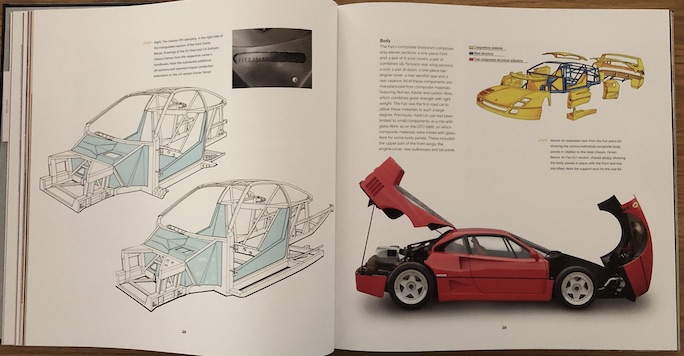
A whole new way of building a car.
For years nothing substantial has been published about this iconic car, and all of a sudden we have two proper, upscale books at once. A look at the calendar explains why: 2022 is 30 years after the end of Ferrari’s 40th anniversary car—hence the model name—5-year production run (1987–92; longer for the race versions). The two books are totally different (the other being Gaetano Derosa’s Ferrari F40 in Giorgio Nada’s “Supercars” series which is only a “problem” if you had to decide between the two—but: see above.
Applying quantifiable parameters, Bluemel gives you more book which is not just a matter of page or word count but casting a wider net, offering more context, connecting more dots. If you already have other books by this author you’d expect no less; he’s been writing about Ferrari since 1980, is involved in the Ferrari Owners’ Club scene, and is a big-leagues concours judge. Ergo he can speak to both micro and macro issues.
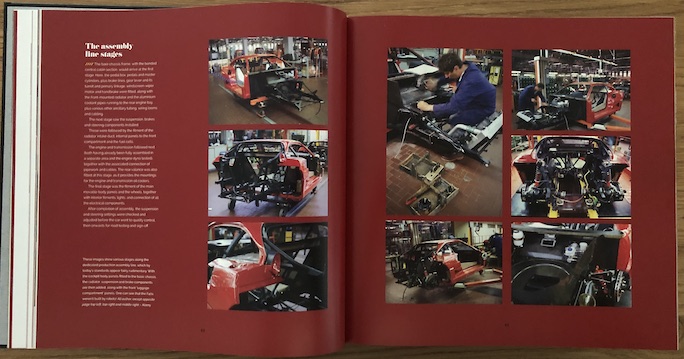
Most of the photos on this spread are Bluemel’s own. (You can tell by the crisper lighting which ones are not.)
It almost comes as a shock to read here that Bluemel hadn’t actually driven an F40 until he started working on this book! Which is not to say the F40 hadn’t occupied his thinking since, well, since it came out if not before. In fact, he credits his “good relations with the commercial department at Ferrari during the late eighties” with having been allowed to photograph car assembly and to ride along on test sessions, both of which covered in the book.
No journalist of the day could have ignored the F40 if they wanted to because it was molto everything: molto fast, molto expensive, molto different-looking, and also molto Spartan. This “Racer for the Road” was a genre-buster and rewrote the supercar script for any number of makers, ushering in not just a new way of building a car but a new way of thinking at Ferrari, which, at that time, was in a bit of crisis mode. That the F40 was the last model Enzo Ferrari was directly involved with (he died the year after its unveiling) only makes it more memorable.
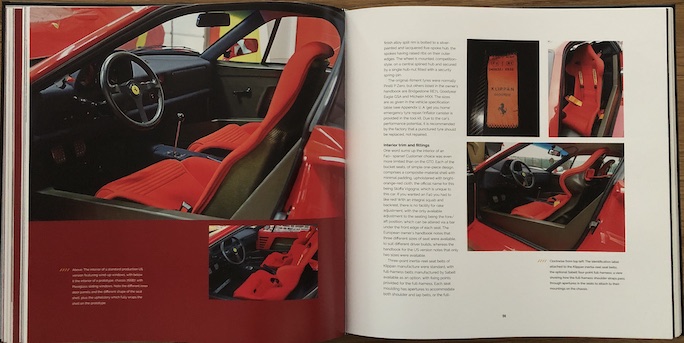
You could get F40 seats in three different sizes but it’s hard to see how opera singer Luciano Pavarotti’s girth would have suited any of them. Still, he kept his until he died in 2007 (F1 champ Sebastian Vettel bought it).
Given where the F40 fits on Ferrari’s product palette, Bluemel pretty much has to begin to thread the needle with the firm’s motorsports activities in order to set the scene for the migration of turbocharging to the road cars. Materazzi, in fact, had originally been hired (1979) by the F1 department because he was an expert on forced induction. As head of Engineering and Design he is in every way the father of the F40, never mind that he really did not want to take on the project because he already had a full slate. Even a small company like Ferrari had layers of decision-makers so Enzo gave him the authority to fast-track the project and sidestep the chain of command, recording in his diary: “Materazzi, no pain in the ass.” High praise from a man who was easily irritated (and held a grudge). It is this sort of detail that permeates the whole of the book, affording even the well-read enthusiast a more nuanced understanding.
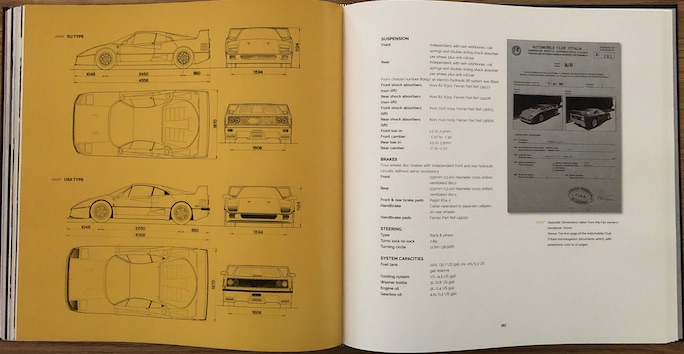
Specs are given for both Euro and US models.
Chapter 3 “Under the Skin of the F40” discusses the major assemblies and will be of greatest interest to anyone wanting to assess the model’s merits. Saving weight was a key goal, and on that score there are two items that the book mentions but does not explicitly connect to weight: 1, the comment is made that customers did not like seeing the carbon fiber weave underneath the paint but it is not explained why the paint should have been so thin in the first place (today this is an excellent way of authenticating an original paint job). 2, the choice of rubber bladders for fuel tanks on Euro spec cars (on US models safety regs mandated aluminum tanks, and to compensate for the added weight were given more horsepower). As an aside, the rubber bladders deteriorate and must be replaced periodically (ditto on the F50), which is something the chapter on “Owning and Running an F40” does mention but without disclosing the quite staggering cost. Even so, a probably surprising consensus opinion here is that an F40 “is comparatively cheap to maintain” compared to a modern supercar. (Ever had to buy tires/wheels for a Veyron?) The private owners quoted in that chapter mainly share driving impressions whereas the repair/maintenance shops go into rather more practical detail, the most immediately useful being to refuel with both gas caps open in order to equalize pressure. Also, too often ignored, to let the turbos—“probably the weakest area”—cool down before switching off. Interesting sidebars in that chapter are one with excerpts from period road tests (specs and quotes) and another about the one-off owned by handicapped Swiss racer Clay Regazzoni that is converted to full hand controls.
While peripheral to the overall story, the eight mostly special-spec Brunei F40s are covered. At over 50 pages “The F40 Racing Story” constitutes the longest chapter, plus there are an additional 16 of race results and another 21 of results by chassis number making up two of the seven Appendices which also present specs (road and race), production numbers, car identification, and a list of factory literature. There’s an Index too, yeah!
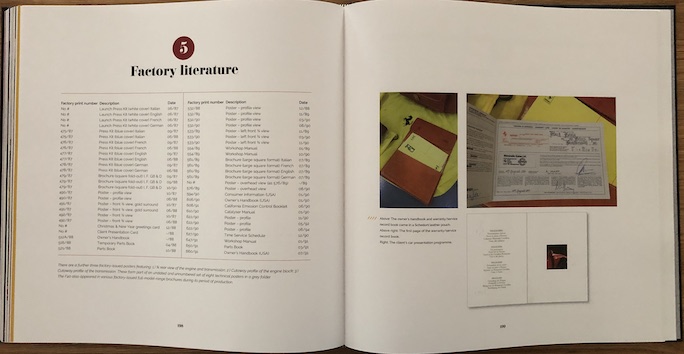
Many people collect factory literature; this is a useful reference.
There is no extraneous fluff in an F40, and there isn’t any in this book—it is super solid, a joy to read and view (plenty of well-chosen illustrations), and will fully enable you to hold forth on this subject without fear of contradiction. In recent years prices for pretty much everything have gone up because of supply chain issues but even in a “pre-pandemic” context, this book had/has a very buyer-friendly price! Unusual for a Porter Press book, this one does not come in big-ticket, limited-edition, super-trick, deluxe versions. You can, however, obtain autographed copies directly from the publisher.
Copyright 2023, Sabu Advani (Speedreaders.info)


 RSS Feed - Comments
RSS Feed - Comments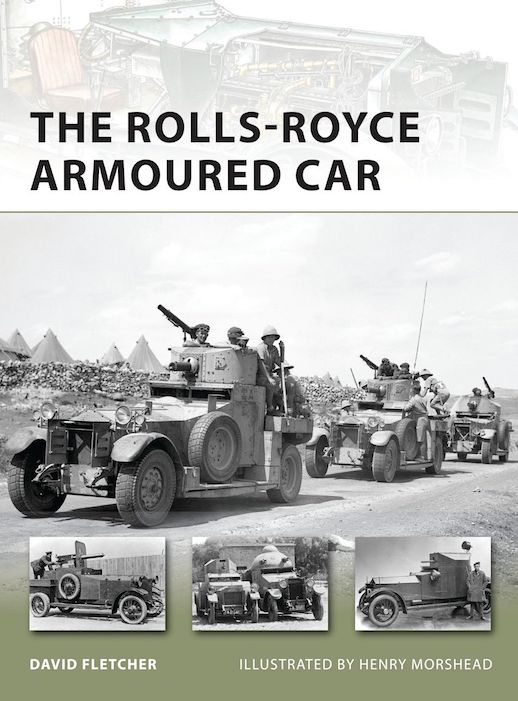
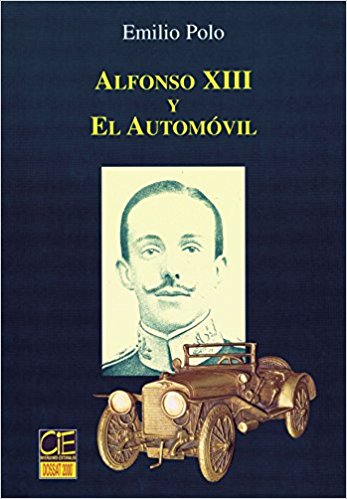
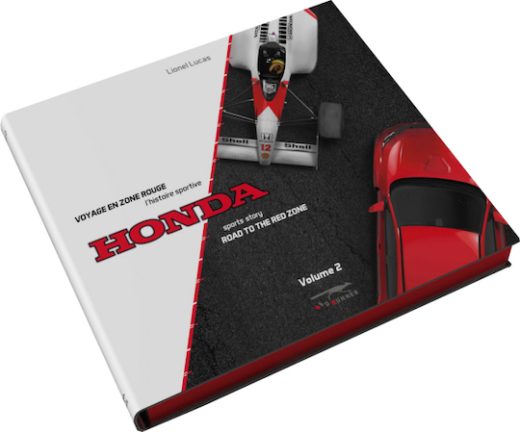
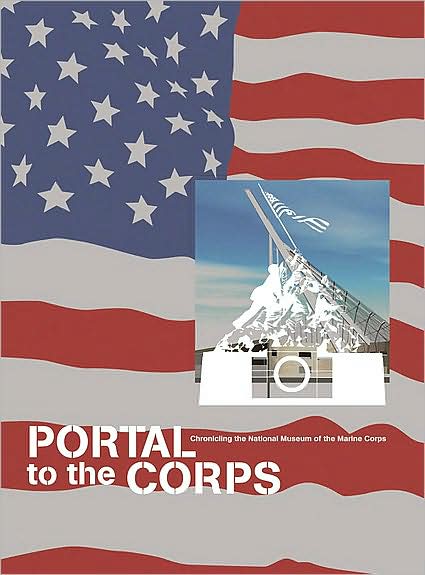
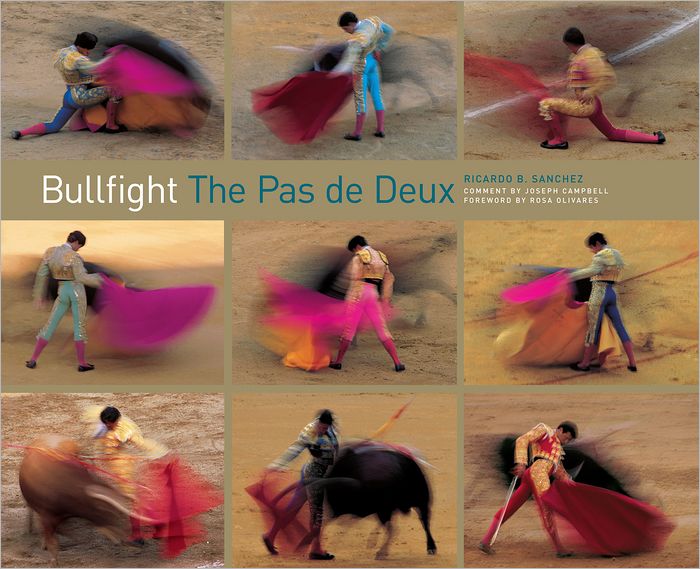
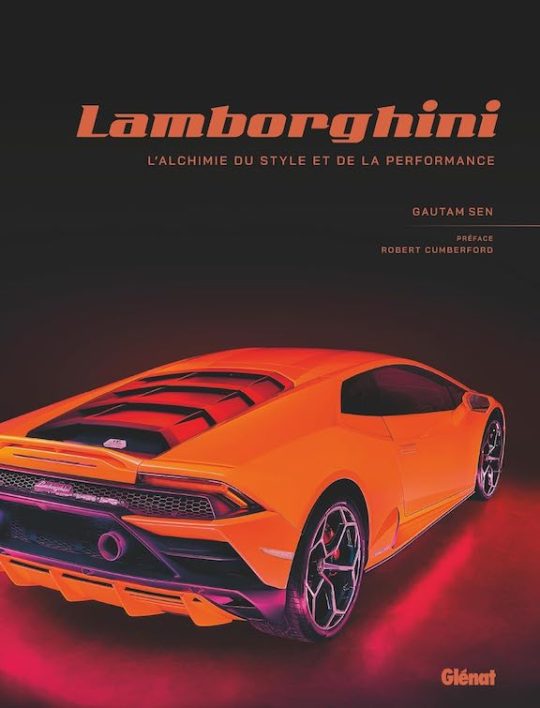
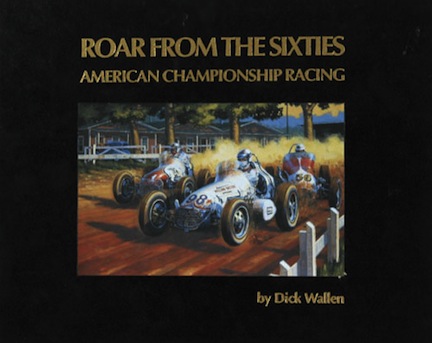
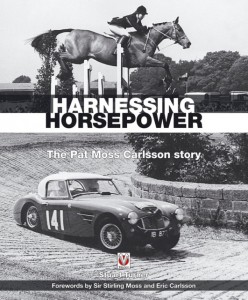


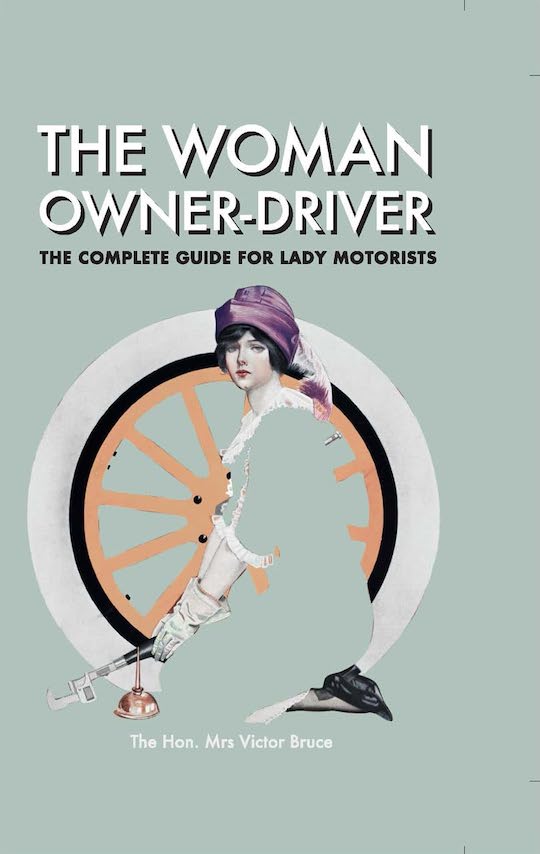

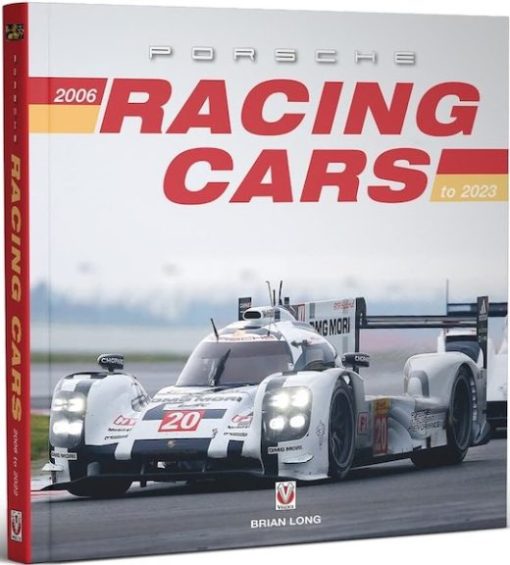
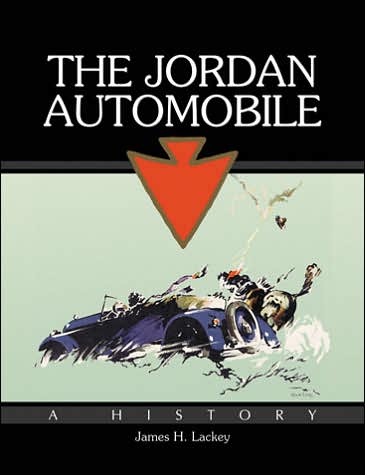
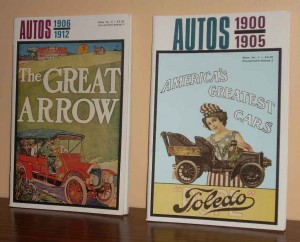


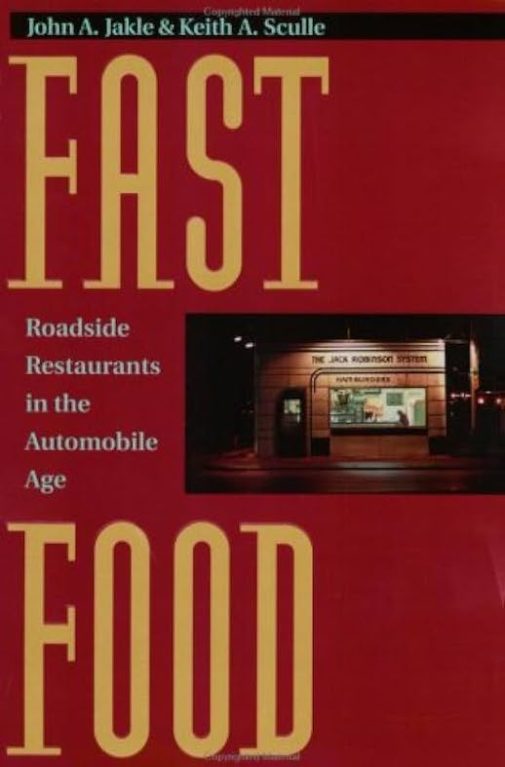
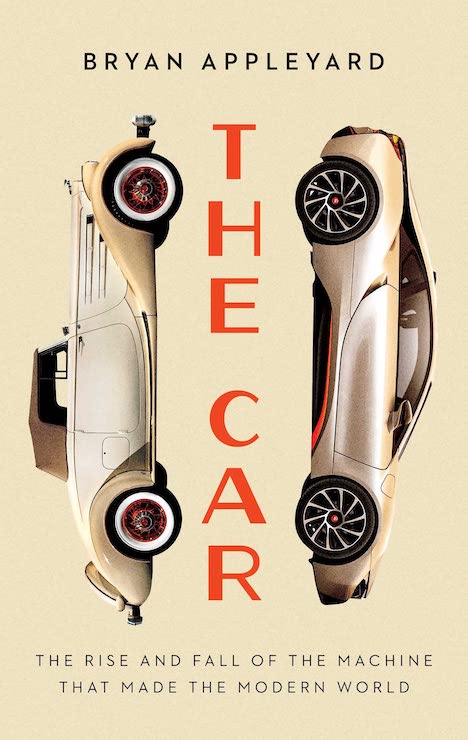
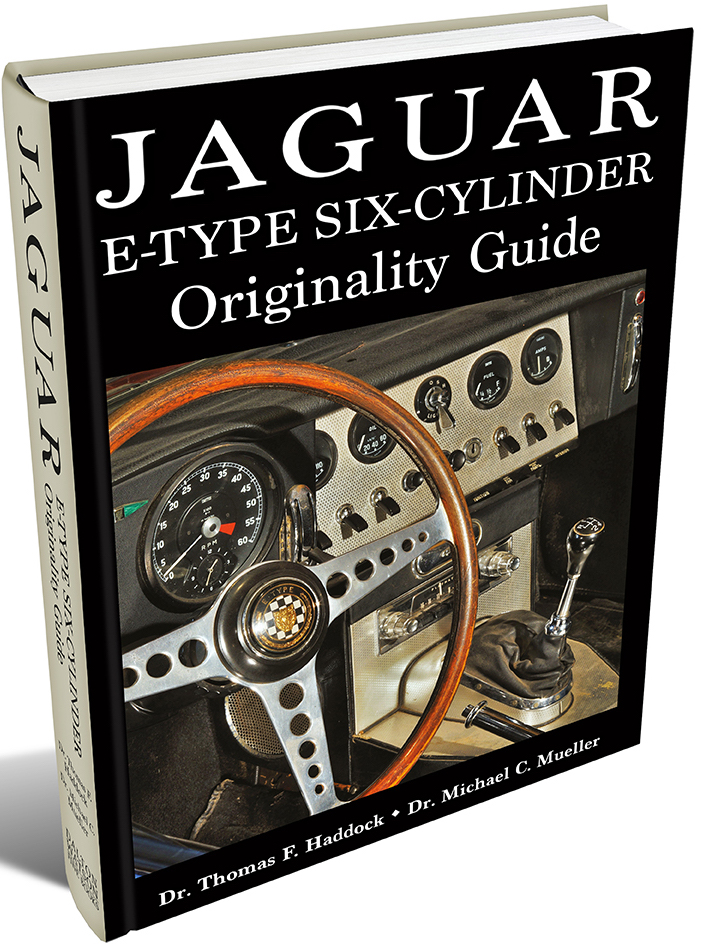
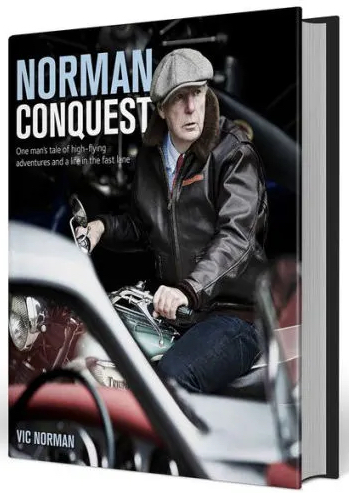
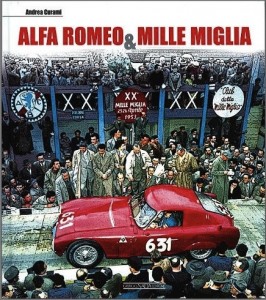
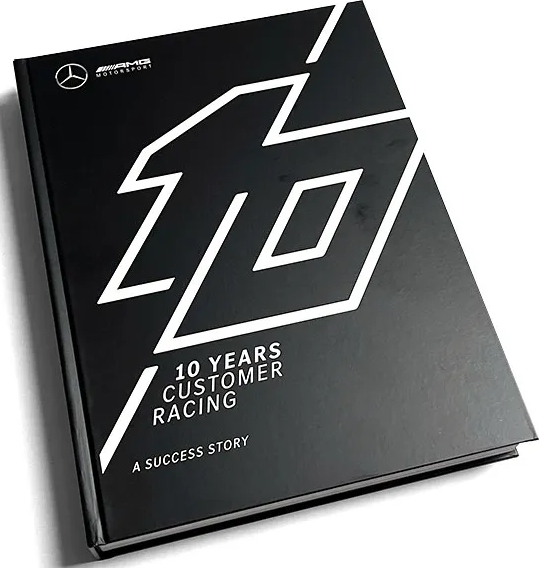

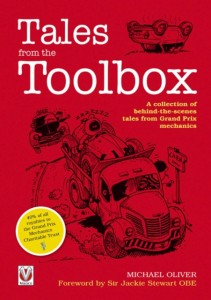
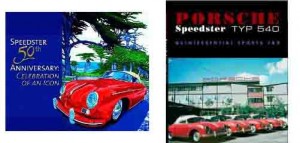
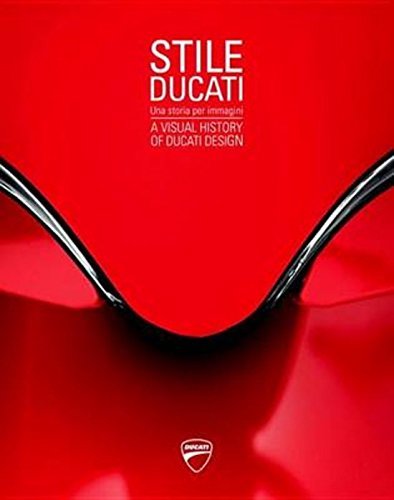
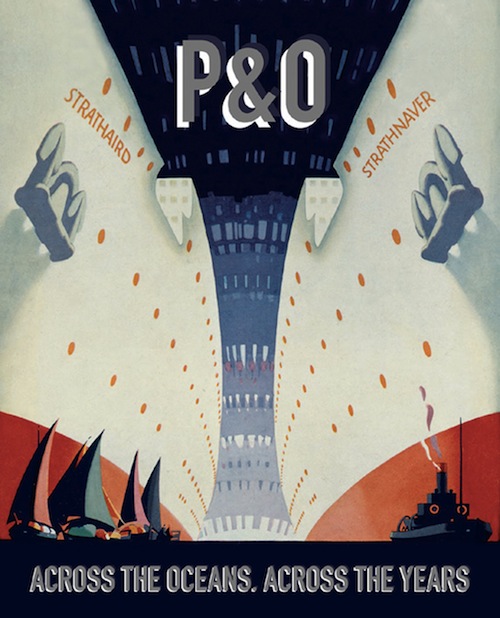
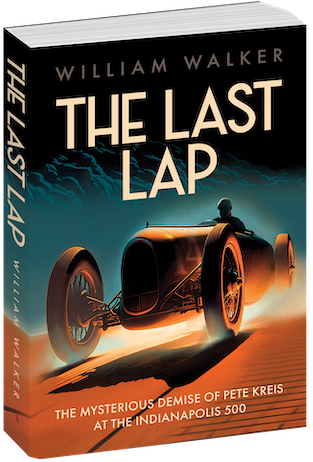
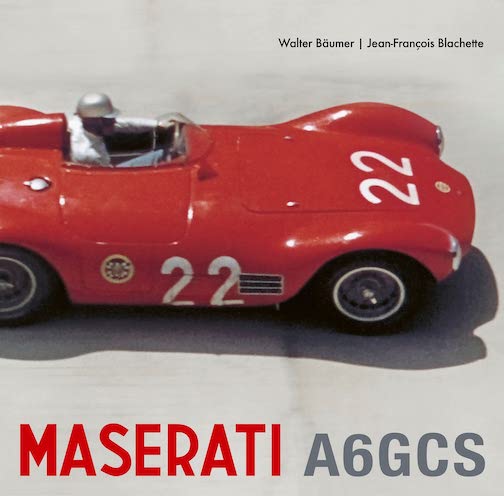
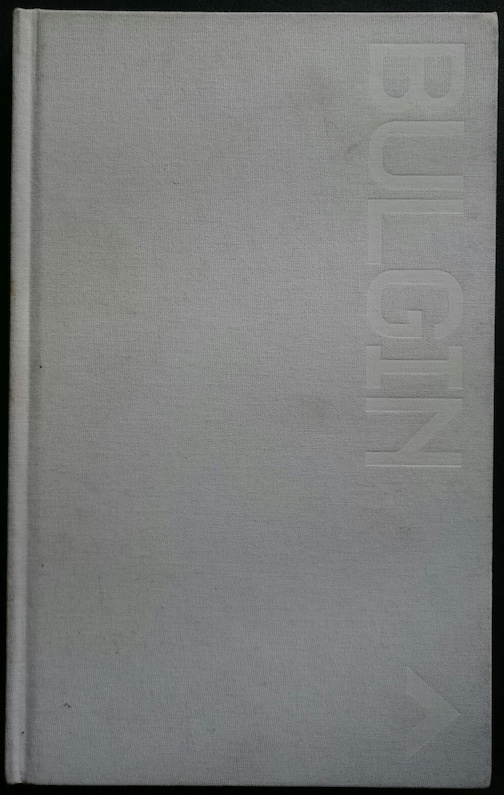
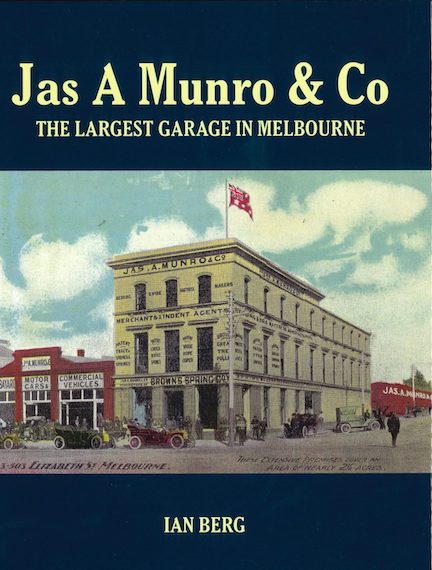
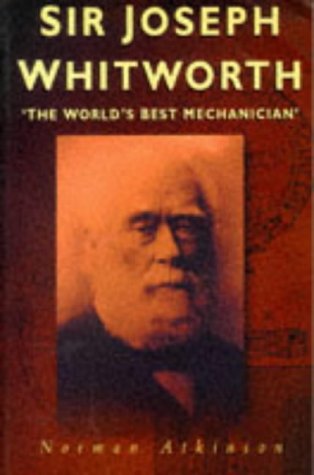
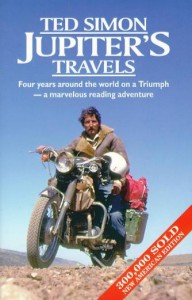
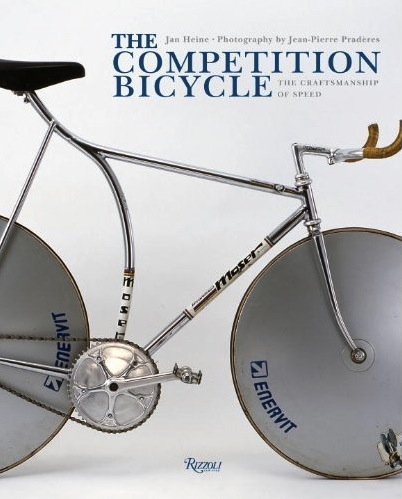
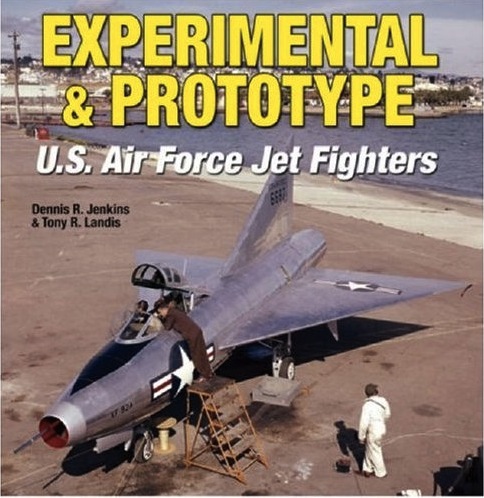
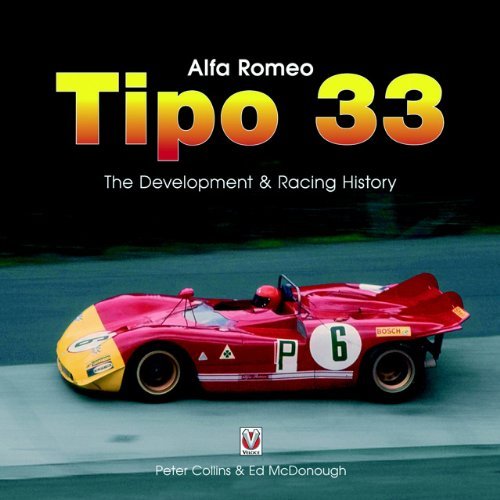
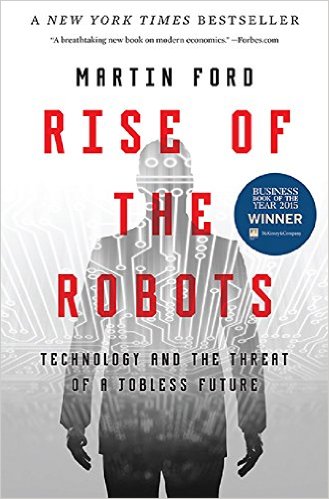
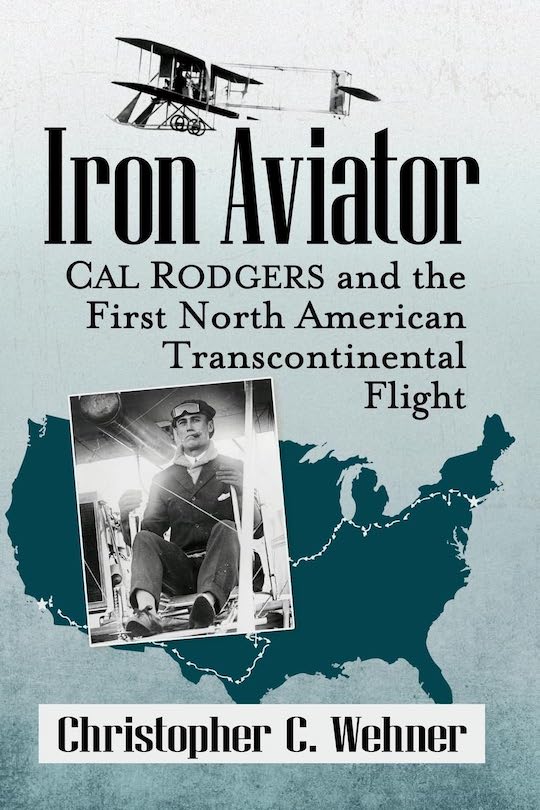
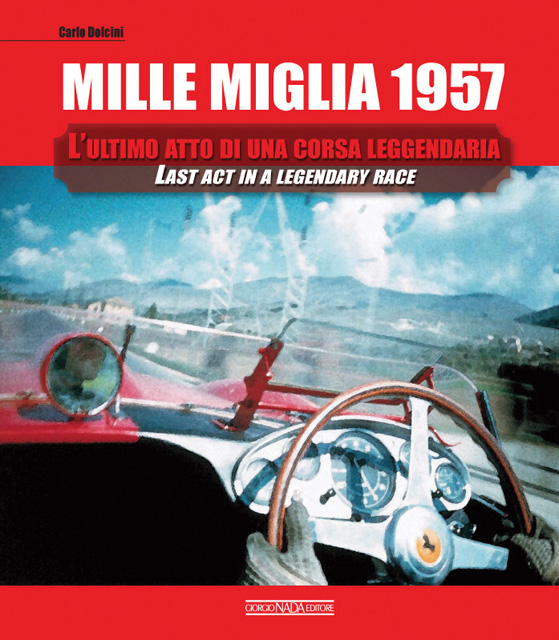
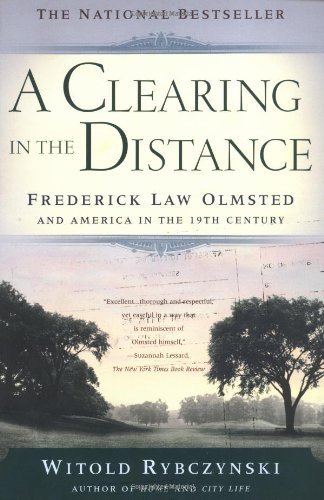
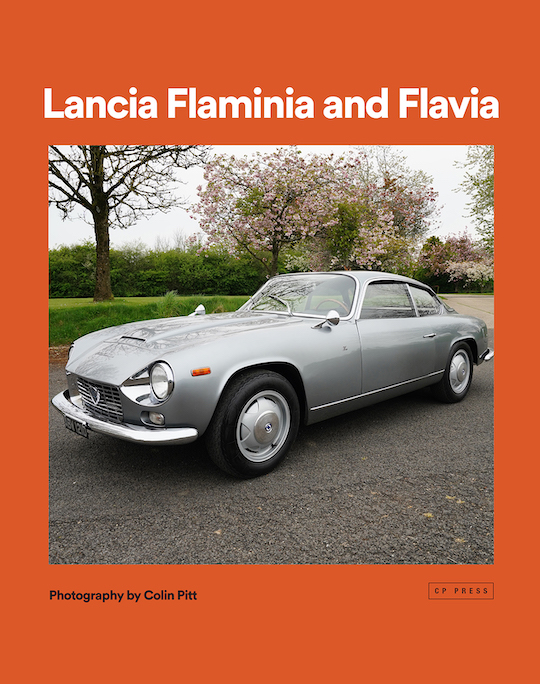
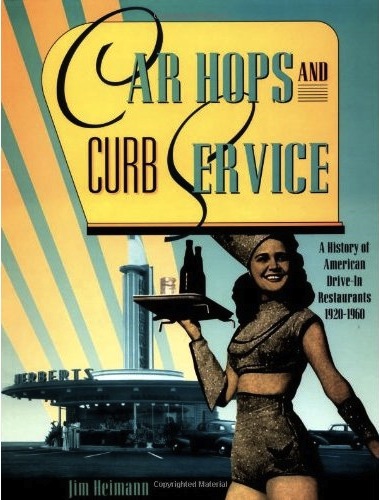
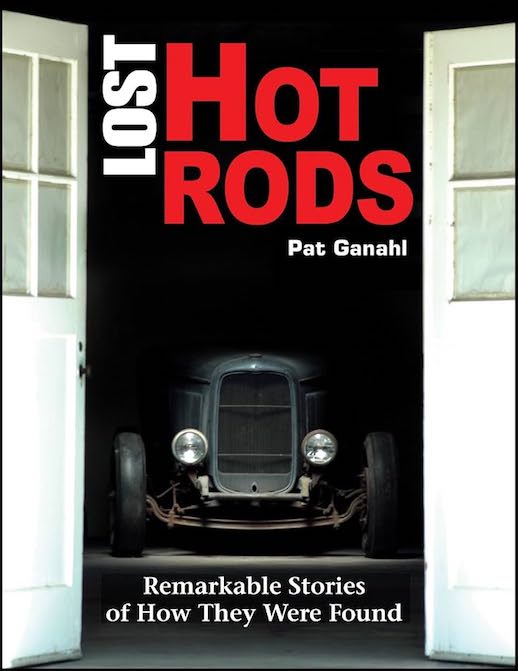
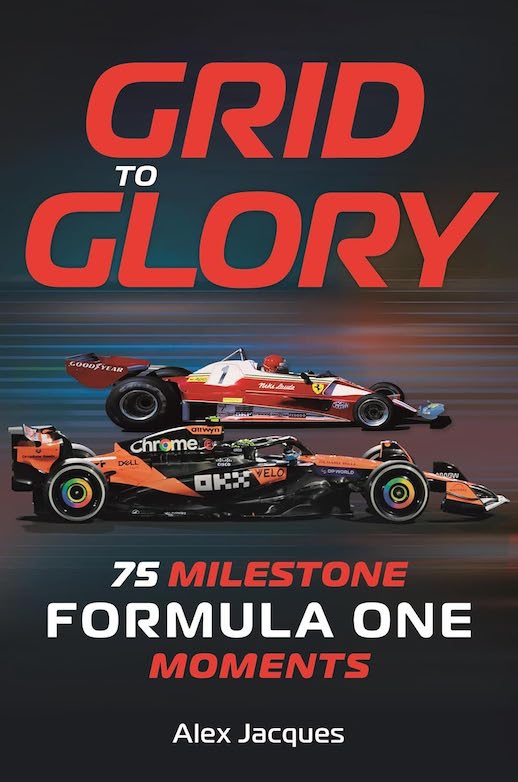

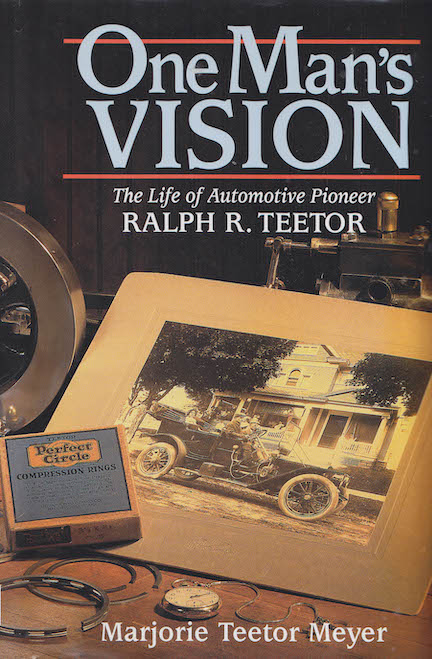
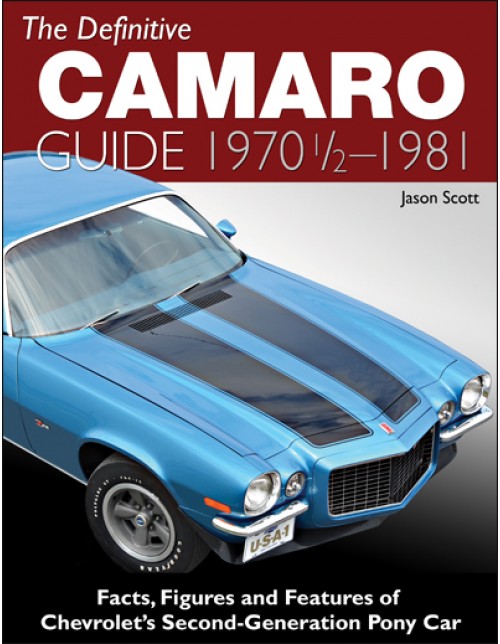
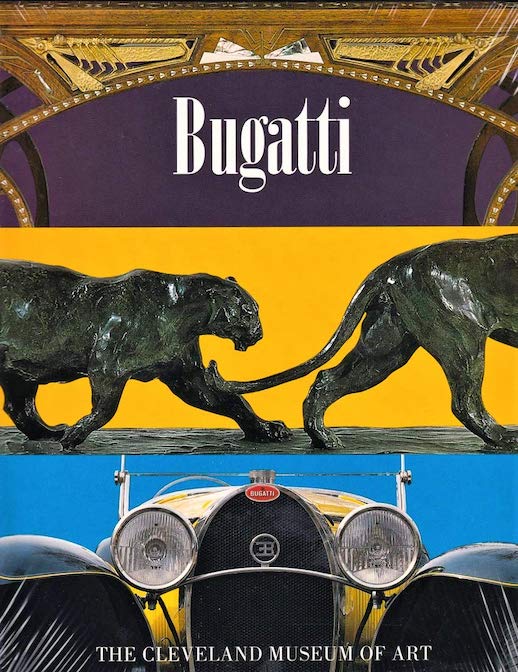
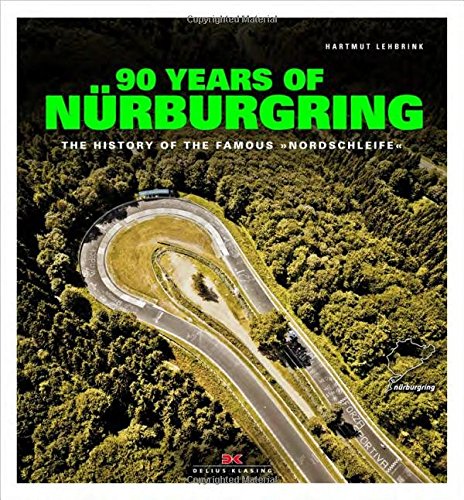
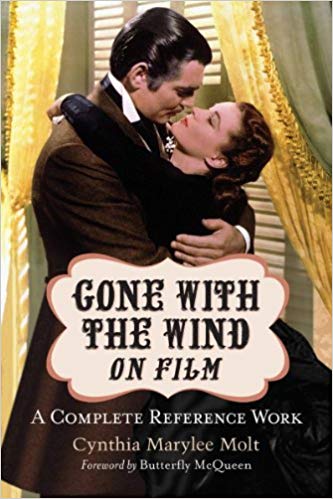
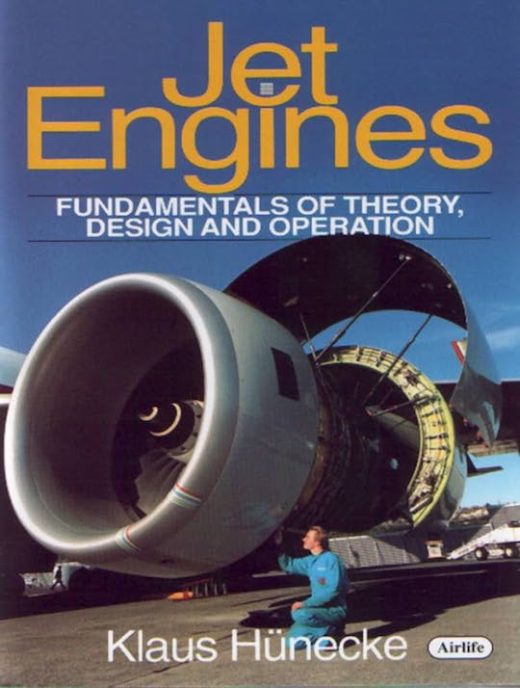
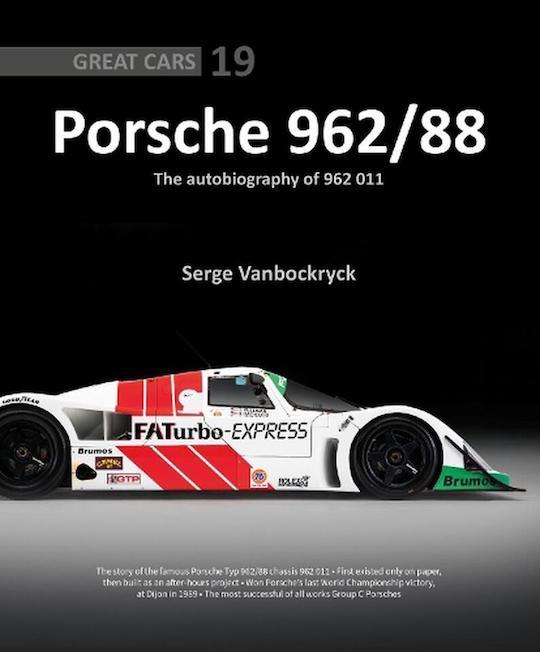
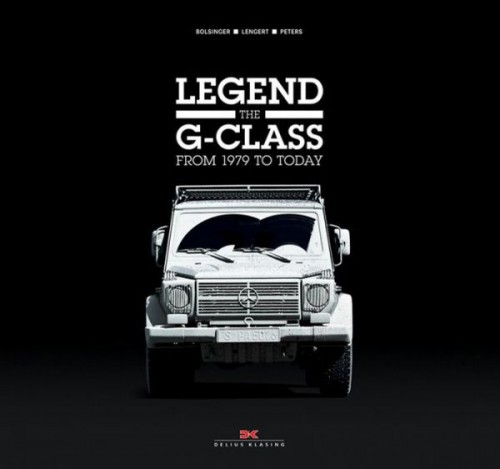
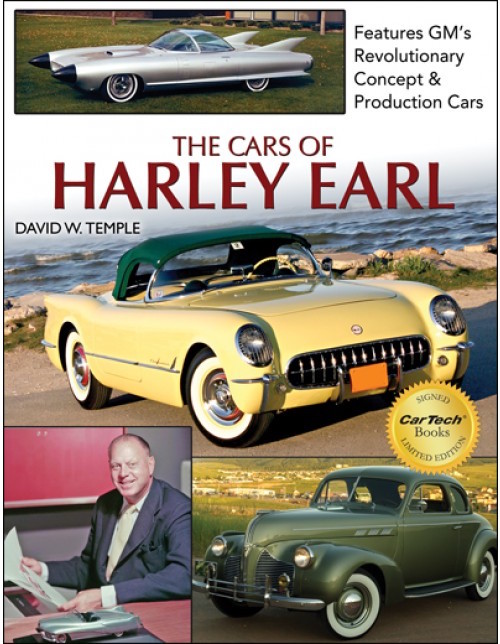

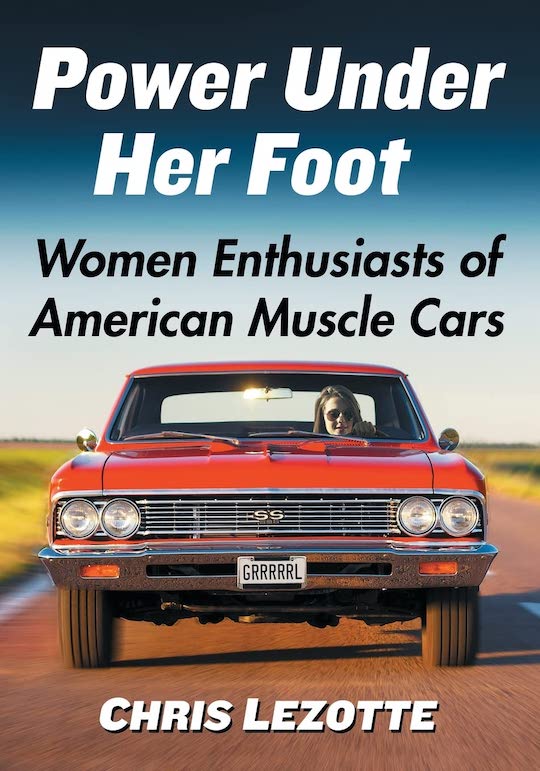
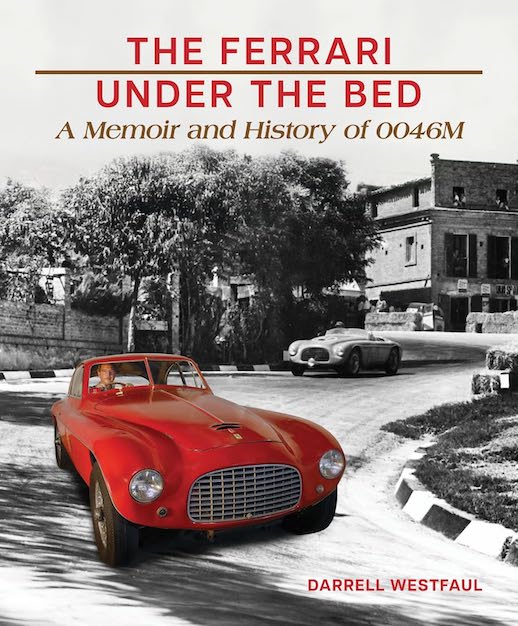
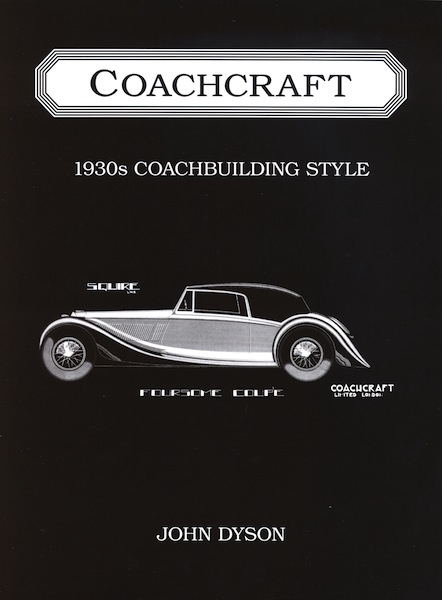
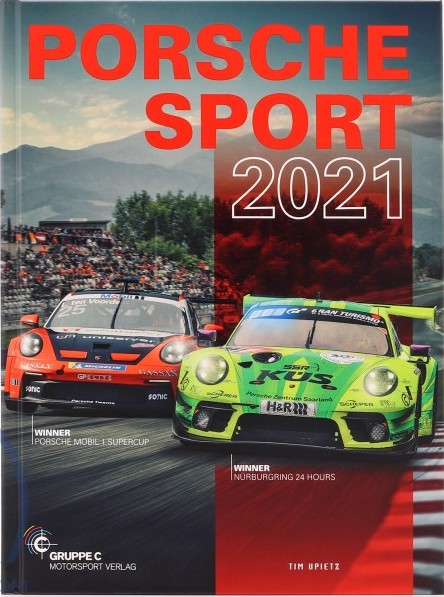
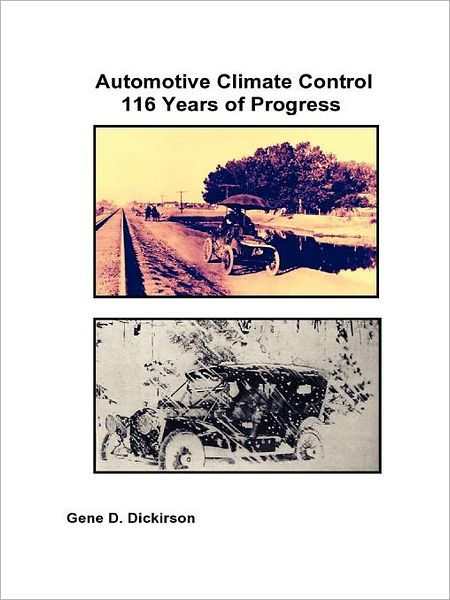
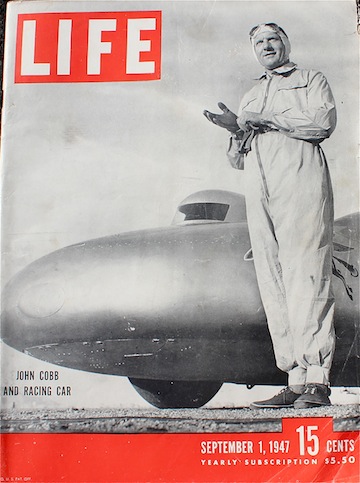
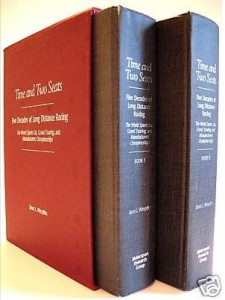
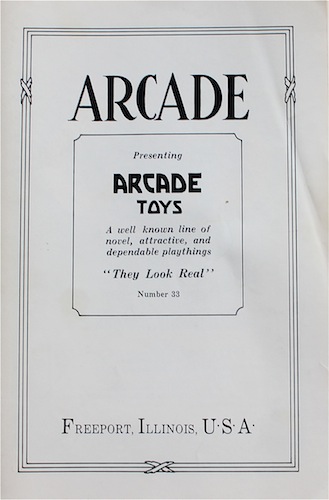
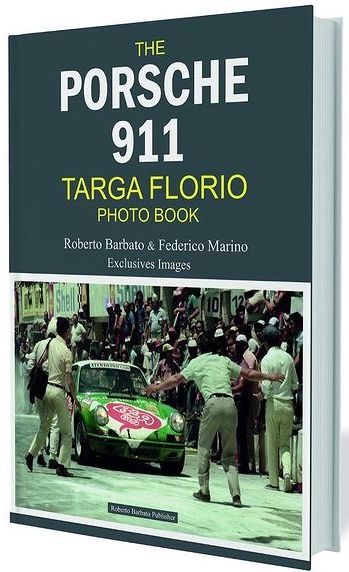

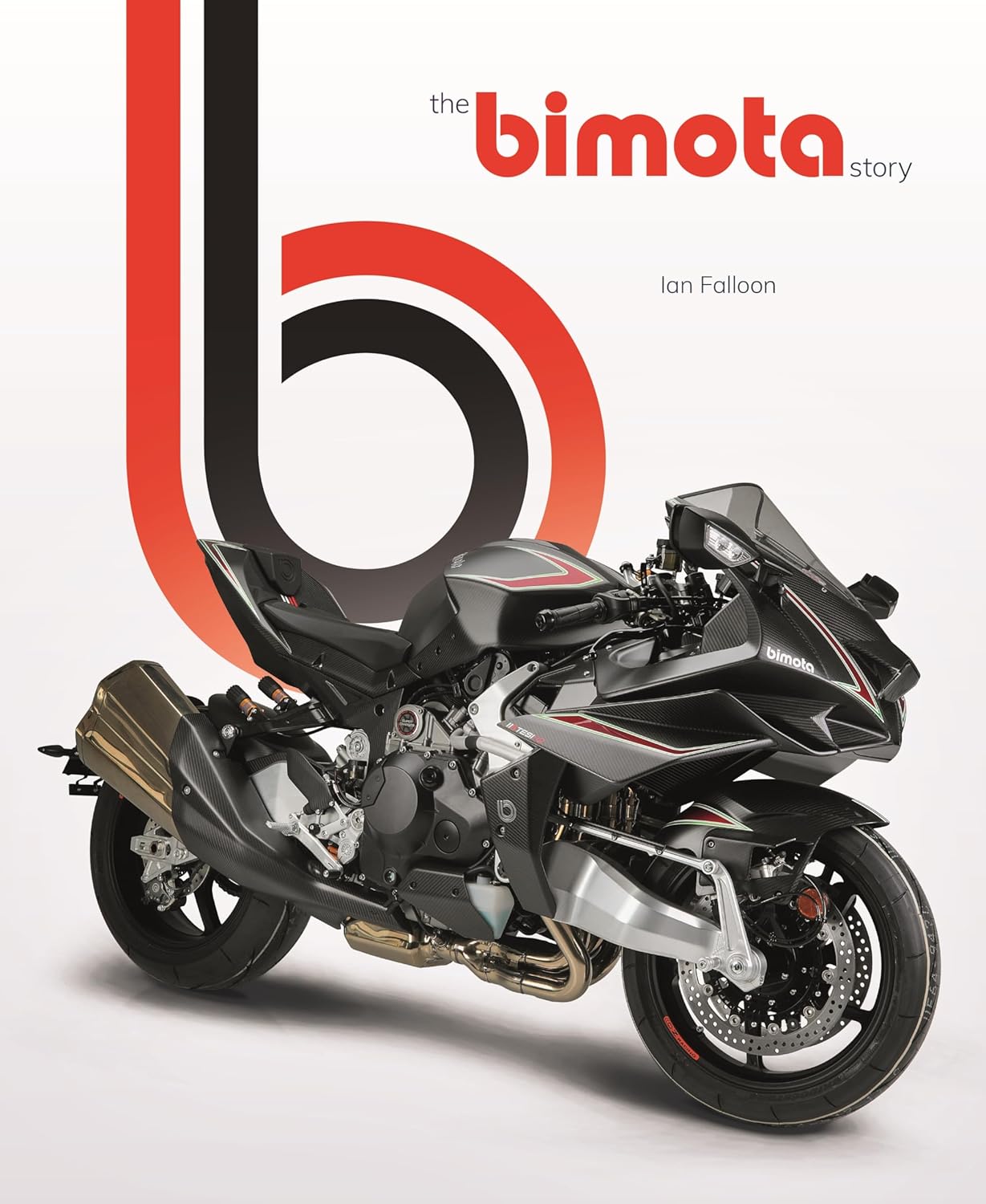
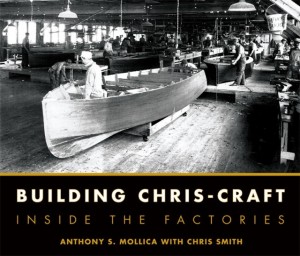
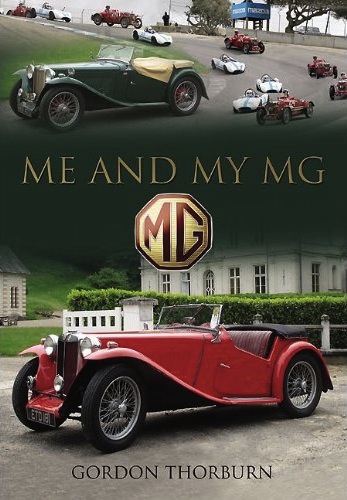
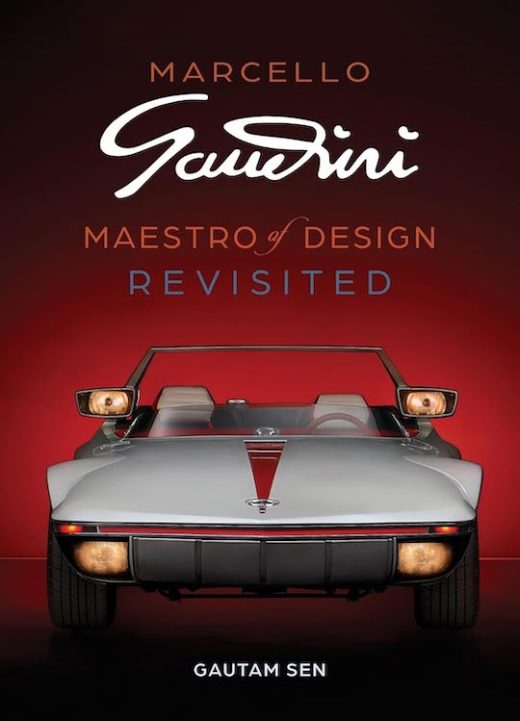

 Phone / Mail / Email
Phone / Mail / Email RSS Feed
RSS Feed Facebook
Facebook Twitter
Twitter